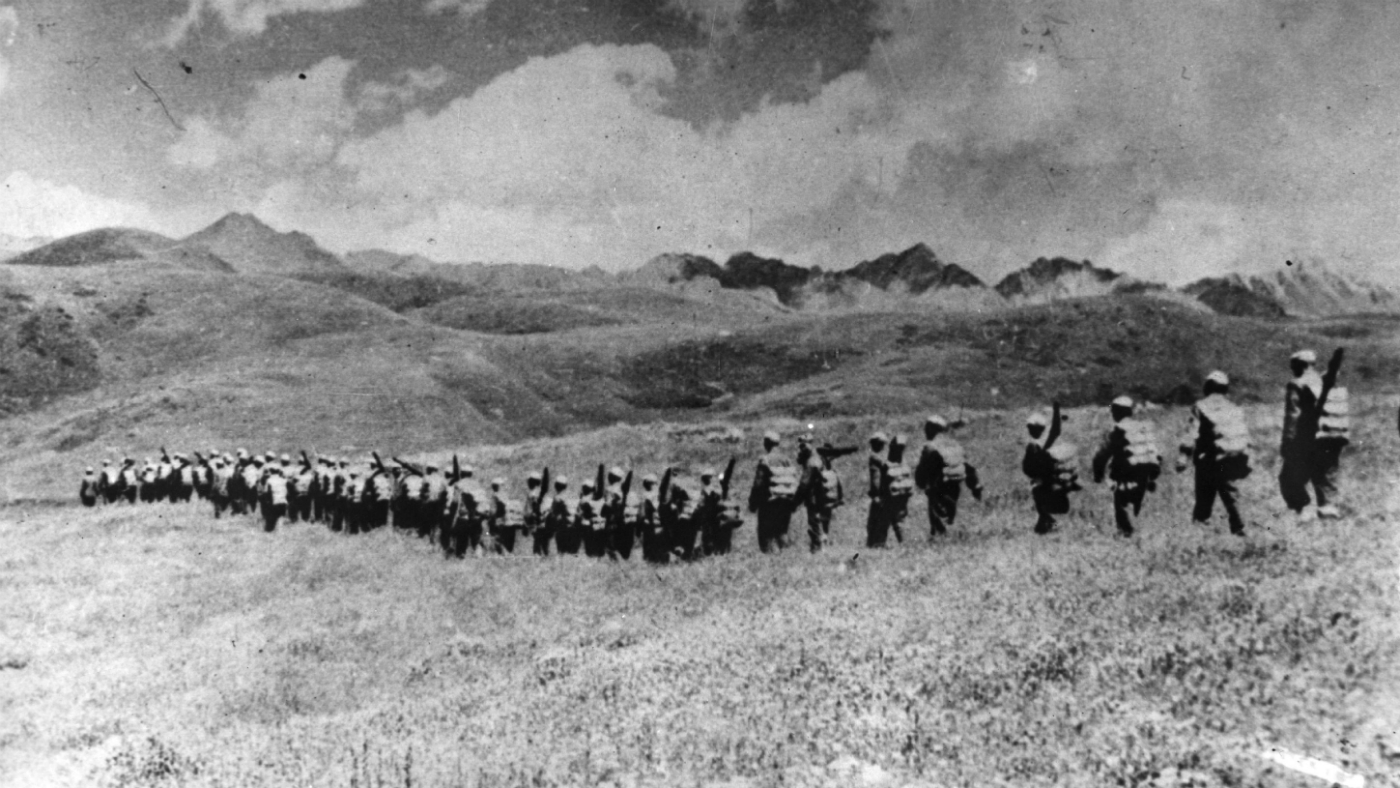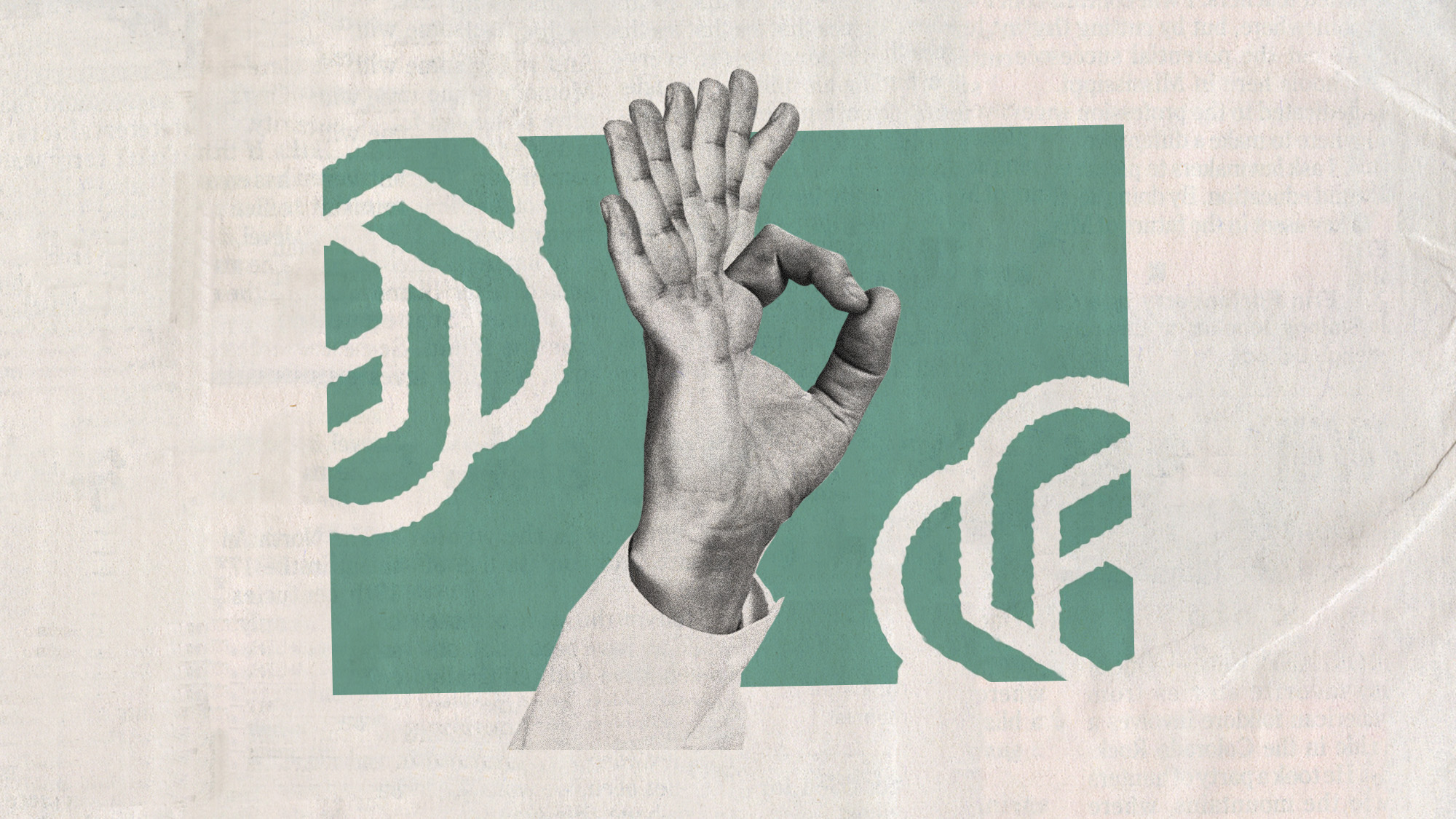The tumultuous history of Tibet
US ambassador to China ‘unsettles’ Beijing by announcing state visit to disputed region

The US ambassador to China is to visit the disputed region of Tibet this week, further stoking tensions between Washington and Beijing amid an ongoing trade war.
The US embassy has announced that Terry Branstad will depart for the so-called Tibetan Autonomous Region on Sunday, becoming the first American envoy in four years to gain access to the usually restricted region.
During his week-long trip, Branstad will also be visiting neighbouring Qinghai, a “traditionally Tibetan region also known as Amdo and the birthplace of the Dalai Lama, Tibet’s exiled Buddhist leader”, says The Japan Times.
The Week
Escape your echo chamber. Get the facts behind the news, plus analysis from multiple perspectives.

Sign up for The Week's Free Newsletters
From our morning news briefing to a weekly Good News Newsletter, get the best of The Week delivered directly to your inbox.
From our morning news briefing to a weekly Good News Newsletter, get the best of The Week delivered directly to your inbox.
Why is China rattled?
The trip has “unsettled” the Chinese government, which fears that Branstad will be “investigating religious and cultural freedoms” in the region - freedoms that have long been suppressed by Beijing, The Times reports.
This suppression, combined with the ongoing trade war, has seen China attempt to block almost all US access to the region. According to a report published by the US State Department in March, China denied five out of nine requests by US officials to visit Tibet in 2018.
This week, a strongly worded statement issued by the US embassy in Beijing said the trip will give Branstad a chance to “raise long-standing concerns about restrictions on religious freedom and the preservation of Tibetan culture and language”.
A free daily email with the biggest news stories of the day – and the best features from TheWeek.com
In response, the Chinese Foreign Ministry said it “hopes that [Branstad] can respect the facts and draw his own conclusions, instead of being confused by hearsay and long-standing smears”.
What is the history of Tibet?
Tibet is a historical region on the Tibetan Plateau, a high-altitude area in the extreme southwest of modern-day China. In the seventh century AD, a Tibetan Empire with its own language and form of Buddhism carved out its own identity separate from the surrounding lowlands, before collapsing into civil war in the ninth century.
To an extent, this is where academic historical consensus ends, with the history of Tibet and its people subject to numerous revisions by both the Chinese government and Tibetan authorities.
According to The New York Times, China - along with a number of Western powers - has long believed that Beijing has a right to govern Tibet owing to a takeover of the region by the Mongol Yuan dynasty in the 13th century. Chinese historians claim that China “has a history of thousands of years as a unified multinational state” in which “all of its nationalities are Chinese”, says the US newspaper.
“The Mongols, who entered China as conquerers, are claimed as Chinese, and their subjugation of Tibet is claimed as a Chinese subjugation,” the paper adds.
But Tibetans argue that it was never subject to any foreign rule and has always been an independent nation. Activists claim that the region retained some autonomy and enjoyed religious authority throughout the Mongolian empire, and remained administratively separate from the conquered Chinese provinces.
During the Qing dynasty’s 92-year rule over Tibet, from 1720, the region became the battleground for numerous warring nations and was invaded frequently. By the end of the Qing era, the dynasty’s rule over Tibet had become largely symbolic.
Following the Xinhai Revolution in 1912, the Qing line was replaced by the Republic of China.
What happened next?
After Tibetan forces removed Qing troops from the region, the 13th Dalai Lama, who had been in exile, quickly declared complete independence from China in a treaty ratified by members of the Mongolian government.
However in 1949, Communist Party leader Mao Zedong proclaimed the founding of the People’s Republic of China, following a brutal civil war that saw the Republic of China government exiled to Taiwan.
According to the BBC, Mao threatened Tibet with “liberation” shortly after gaining power, before invading with 40,000 troops the following year. In 1951, Tibetan leaders were forced to sign the “Seventeen Point Agreement”, a treaty that professed to guarantee Tibetan autonomy and to respect the Buddhist religion, but also allowed the establishment of Chinese civil and military headquarters in Tibet’s capital, Lhasa.
Lonely Planet says that the ensuing Chinese rule “eventually led to the deaths of hundreds of thousands of Tibetans, an assault on the Tibetan traditional way of life, the flight of the Dalai Lama to India and the destruction of almost every historical structure on the plateau”.
The 1950s saw numerous resistance movements fighting for freedom, culminating in a 1959 rebellion that was brutally crushed by the Chinese. Thousands of Tibetans were killed, while the 14th Dalai Lama, most of his ministers, and many followers escaped across the Himalayas and set up a rival government-in-exile.
Tibet remains under Chinese control today, and is referred to as the Tibetan Autonomous Region by Beijing. During some periods of the second half of the 20th century, China refused to allow any foreigners to enter the region, cutting it off from the outside world.
What is the situation now?
Tensions in the region remain extremely high. Beijing “continues to be accused of political and religious repression but insists Tibetans enjoy extensive freedoms and economic growth”, reports India’s The Hindu newspaper.
At least 150 Tibetans are known to have set themselves on fire since 2009 to protest Beijing’s presence in Tibet.
According to The Japan Times, China “tightly restricts access to Tibet by foreigners, especially journalists and diplomats”, making the US visit this week all the more surprising.
Why is the US visiting now?
Washington has long been one of the most outspoken opponents of the perceived Chinese suppression of Tibetan culture, despite officially recognising the region as part of China. Last year, the US Congress passed the Reciprocal Access to Tibet Act, which denies entry to the US for anyone “substantially involved in the formulation or execution of policies related to access for foreigners to Tibetan areas”.
The Times reports that the “already delicate trip” by Branstad is “even more sensitive because the superpowers are engaged in an acrimonious trade dispute”, with both sides imposing tariffs after talks over a deal governing commerce between them collapsed.
The US has also chosen to make the visit on the 60th anniversary of the exile of the Dalai Lama to India.
Shortly after the trip was announced, a Chinese Foreign Office spokesperson said: “We welcome Ambassador Branstad to visit Tibet and hope he will have a first-hand understanding of economic and social development, as well as significant changes in people’s livelihood over the past 60-plus years since the peaceful liberation of Tibet.
“The US side is expected not to be disturbed and misled by rumors and smearing, especially in terms of the protection of Tibetan culture, religious beliefs and historical heritage.”
-
 Biggest political break-ups and make-ups of 2025
Biggest political break-ups and make-ups of 2025The Explainer From Trump and Musk to the UK and the EU, Christmas wouldn’t be Christmas without a round-up of the year’s relationship drama
-
 Why 2025 was a pivotal year for AI
Why 2025 was a pivotal year for AITalking Point The ‘hype’ and ‘hopes’ around artificial intelligence are ‘like nothing the world has seen before’
-
 The best drama TV series of 2025
The best drama TV series of 2025the week recommends From the horrors of death to the hive-mind apocalypse, TV is far from out of great ideas
-
 How Bulgaria’s government fell amid mass protests
How Bulgaria’s government fell amid mass protestsThe Explainer The country’s prime minister resigned as part of the fallout
-
 Femicide: Italy’s newest crime
Femicide: Italy’s newest crimeThe Explainer Landmark law to criminalise murder of a woman as an ‘act of hatred’ or ‘subjugation’ but critics say Italy is still deeply patriarchal
-
 Brazil’s Bolsonaro behind bars after appeals run out
Brazil’s Bolsonaro behind bars after appeals run outSpeed Read He will serve 27 years in prison
-
 Americans traveling abroad face renewed criticism in the Trump era
Americans traveling abroad face renewed criticism in the Trump eraThe Explainer Some of Trump’s behavior has Americans being questioned
-
 Nigeria confused by Trump invasion threat
Nigeria confused by Trump invasion threatSpeed Read Trump has claimed the country is persecuting Christians
-
 Sanae Takaichi: Japan’s Iron Lady set to be the country’s first woman prime minister
Sanae Takaichi: Japan’s Iron Lady set to be the country’s first woman prime ministerIn the Spotlight Takaichi is a member of Japan’s conservative, nationalist Liberal Democratic Party
-
 Russia is ‘helping China’ prepare for an invasion of Taiwan
Russia is ‘helping China’ prepare for an invasion of TaiwanIn the Spotlight Russia is reportedly allowing China access to military training
-
 Interpol arrests hundreds in Africa-wide sextortion crackdown
Interpol arrests hundreds in Africa-wide sextortion crackdownIN THE SPOTLIGHT A series of stings disrupts major cybercrime operations as law enforcement estimates millions in losses from schemes designed to prey on lonely users